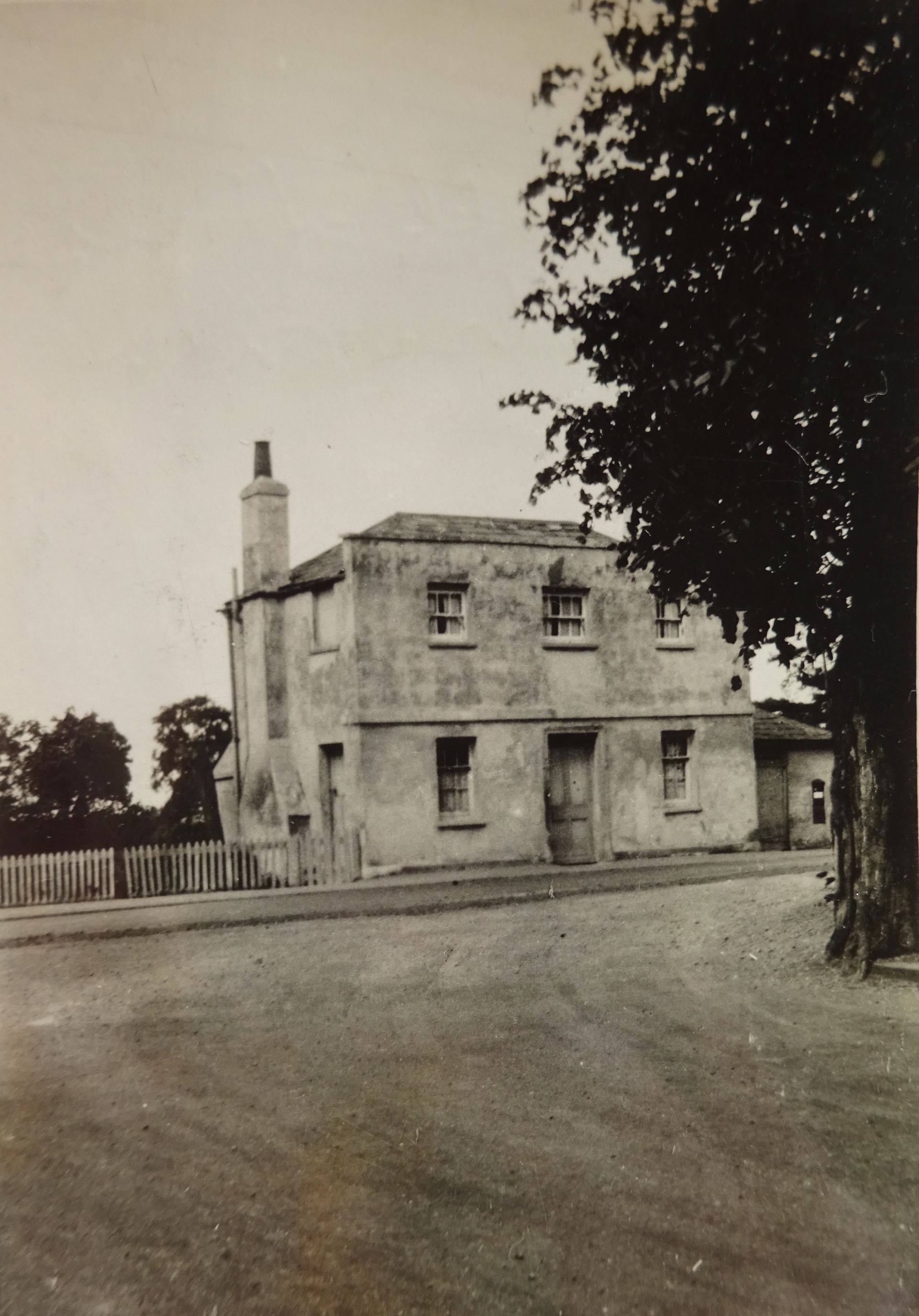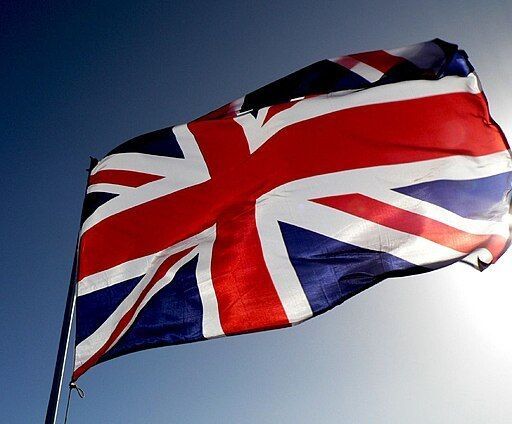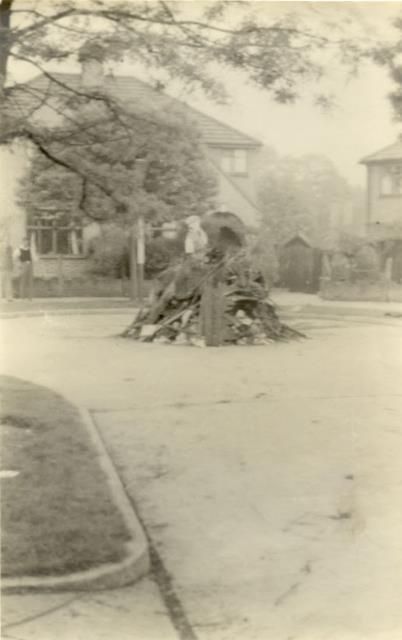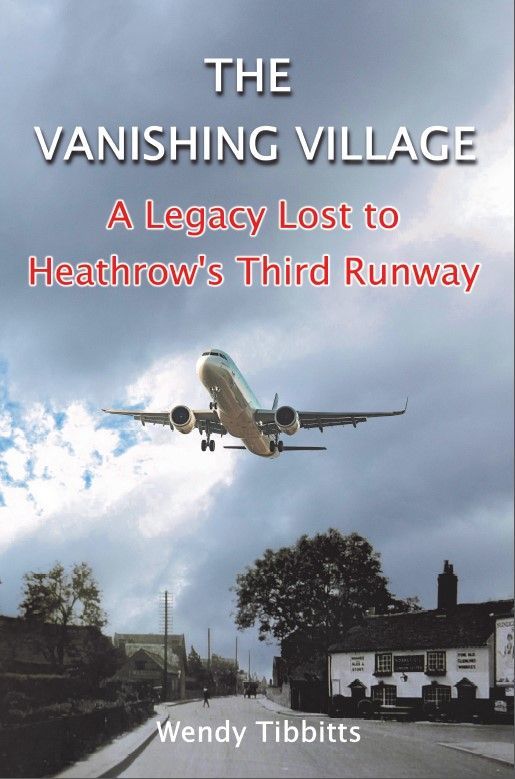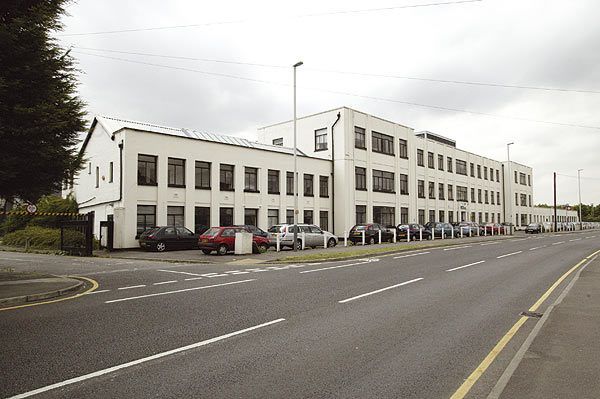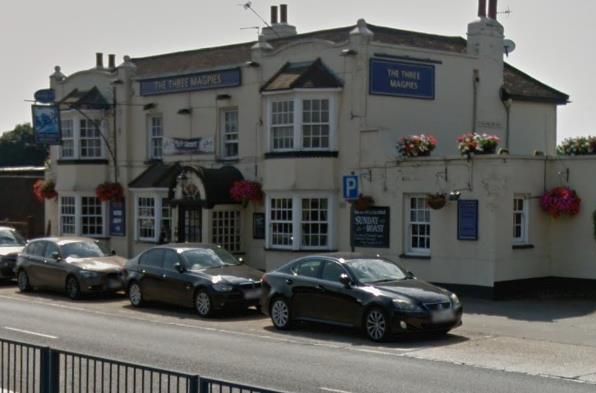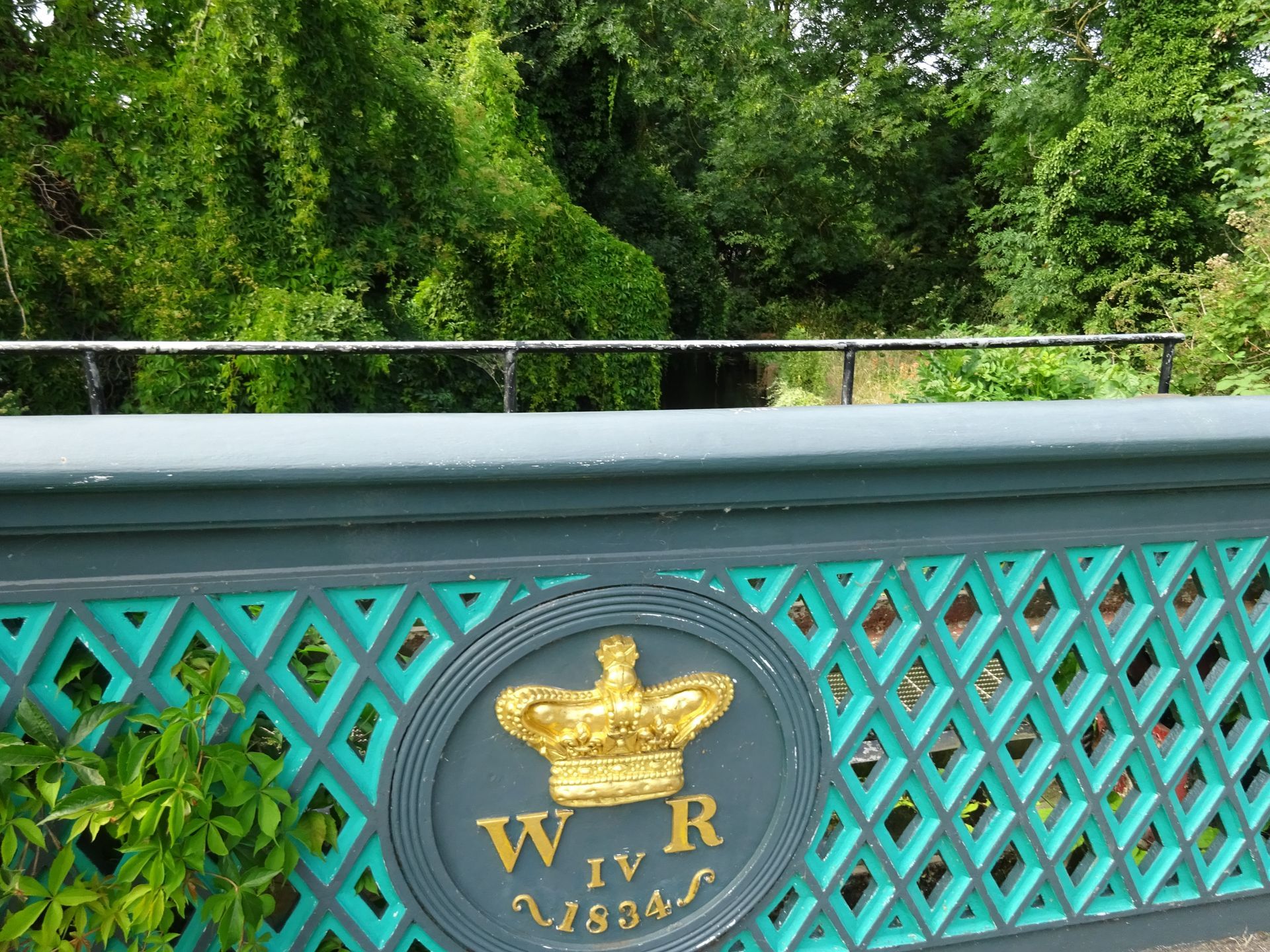How Hillingdon Borough celebrated VE day in 1945
Monday 7th May 1945 was a day of tension and expectation for everyone in the UK. After Hitler’s suicide on 30th April the German surrender was expected at any time, but it was not until the announcement of the signing of the surrender document that anyone could believe that the Second World War was really over. It had been nearly six years of suffering for the British people and everyone held their breath waiting for the news.
All day the people of Uxbridge, Hillingdon, Hayes, the surrounding area, and the world, were waiting. With the announcement of the official end of the war in Europe, there was also a declaration that the following two days would be a Victory in Europe national holiday. Special editions of newspapers were printed and the news spread rapidly by word of mouth. Plans were hastily put in place for spontaneous celebrations, although some had been celebrating from the moment of the announcement. The pubs were allowed to stay open late; restaurants had ‘victory’ menus; bonfires were built; and churches were open for thanksgiving services.
When Monday's rain and thunderstorms had subsided people started putting up red white and blue flags late into the night, and by Tuesday morning nature itself was rejoicing with warm May sunshine to greet revellers in the bunting-decked streets. Queues began to grow early outside bakers, greengrocers and butchers, as both men and women waited to buy supplies for the hastily arranged street parties. Churchill made a radio broadcast at 3pm (British Double Summer Time). The Royal family made eight balcony appearances during the day and at 9pm King George VI broadcast to the Empire.
In Uxbridge there was a thanksgiving service in St Margaret’s, the Parish church, on Tuesday evening. The church was full long before the start of the service and many more people in the Market House and High Street listened to the service over a loud-speaker. Central Hall Methodist Church, and St John’s Parish Church, Hillingdon, also held services.[1] Later in the evening bonfires were lit in streets and around them people danced and sang until the early hours. Anyone with an instrument played and a piano was dragged out of a public house. Street parties were everywhere and later fireworks were let off. A garden in the Crossways was lit by floodlights and in the eastern sky searchlights were seen over the London celebrations.
The Cowley ex-servicemen’s club had a Social with dancing to the club's accordion band. During the interval a short service was conducted by the Rev. R. Boylette Steward and everyone sang the hymn “Abide With Me”. Waitresses in the Express Dairy in Uxbridge had a singalong in the lunch hour and were joined in a dance with lads from the RAF who wore coloured paper hats and rosettes. Someone played popular tunes on a piano and everyone joined in cheers for Mr. Churchill. The Odeon cinema showed a special thanksgiving film made by Rank, and when the lights went up the National Anthem was played followed by cheers.
In Hayes, all the town seemed to be out in the bunting-decorated streets, and in a party mood. In the afternoon the bell-ringers of Harlington Parish church listened to Winston Churchill’s speech in the church and then immediately rung a two-hour victory peal.
At St Mary’s Parish Church in Hayes, Holy Communion was celebrated at 7, 8 and 9 followed by a Sung Eucharist at 11. A Thanksgiving service was held in the evening, by Rev. A.E. Hill and Rev. J.H. Curtis. By the evening small processions, and street bonfires took place on the streets of Hayes. On a piece of bare green opposite the central fire station a small bonfire attracted a large crowd, music was played and there was a party atmosphere. An organised celebration was held on Wednesday in Town (Barra) Hall Park for the children who watched Punch and Judy and an entertainer. There were pony and donkey rides and side-shows, sports and games. In the afternoon the Hayes and Harlington Silver Prize Band and the Botwell Brotherhood Orchestra provided a concert party with plenty of music. At the end of the evening the Silver Band headed a torch-light procession from the park to Botwell Green. There was a similar function at the Pinkwell Recreation Ground.
In West Drayton people were out on the High Street on Monday afternoon buying flags and bunting. As a special concession bunting could be bought without clothing coupons. When the news came that the surrender had been signed, not everyone heard the announcement about a two-day public holiday and some went to work as usual on Tuesday only to return home when they found out. The shops were busy, though, and at the same time shops and pubs were busy decorating their premises. Some pubs were caught out and had to put “No beer” signs out even before opening time. A notice was displayed outside the Town Hall (now the Yiewsley and West Drayton Community Centre) inviting children to a free afternoon at the fair in Yiewsley recreation ground. In Drayton Gardens a spontaneous procession was formed, led by a cornet player, who marched around the estate. The procession started with two people and as more people joined there were 400 people dancing down to the West Drayton Green. Mr Thorne the milliner put on display in his shop windows photos of the district’s serving men and women, which attracted hundreds of people. It was a sober reminder of those that fought to bring this day of rejoicing.
Harmondsworth Parish Church was decorated by Mr Bateman and a loudspeaker erected in the belfry so that the service that was held in the evening could be broadcast to the whole village. The evening street parties and bonfires drew large crowds of young and old and the singing and dancing continued far into the night.
All the churches and chapels in the district held thanksgiving services on VE day and on the following Sunday.[2] That Sunday also saw a parade of Civil Defence personnel, Red Cross, St John’s Ambulance, and other Service units started from the Regal Cinema (now a snooker hall) car park at 2pm and headed by the Uxbridge and Hillingdon Band marched to Fassnidges Recreation ground where a United Services Thanksgiving was held at 3pm. The hymn-singing was accompanied by the Uxbridge Salvation Army Band.
After the spontaneous celebrations on VE Day, more organised celebrations continued for the rest of the month. Richmond Avenue had a street party on 18th with games, races and later music and dancing to a radiogram. Each child was presented with a Victory cup. In the same week the old people of Nelson Close were given a VE party by the residents of Nelson Road who all contributed money or goods for the party. They were entertained by local residents and there was dancing to piano music.[3] In Westcott Way, Cowley, the whole street gave a welcome home to three repatriated prisoners of war who all lived in the street. Pte Peter Fisher and Pte Ted Barnett had both been prisoners for five years. Pte William Green had been a prisoner for fifteen months. The celebrations started with a speech by Jim Green and then the singing and dancing began. The music was provided by a radiogram and an impromptu orchestra. Some residents dressed up to provide the entertainment. Two hundred people watched the street illuminations being switched on, and the party continued until 1.30am.
The 8th May 1945 was also the start of weather forecasts being published to the public. Weather forecasts had been kept secret during the war so as not to give the enemy an advantage. Britain was now free from air raids, and could return to a degree of normality, but our troops were still fighting Japan in the Far East. At home rationing continued and there were still shortages and deprivations, but brighter times were to come. On 15 August 1945 Japan surrendered and another victory could be celebrated – VJ Day – Victory over Japan. Once more street parties and bonfires were organised, although the council urged people to build bonfires on waste ground in Uxbridge after the damage that had been caused to road surfaces from the bonfires on VE night.
It is hard for us to imagine now, what the sense of relief and euphoria felt like to the people of the Hillingdon after the terrible suffering during World War II. At the same time as we celebrate the 80th anniversary of VE day we must also remember the thousands of lives that were lost to bring us the peace that we now enjoy.
[1] Uxbridge & W. Drayton Gazette - Friday 11 May 1945
[2] Uxbridge & W. Drayton Gazette - Friday 04 May 1945
[3] Uxbridge & W. Drayton Gazette - Friday 25 May 1945
For more historical stories about Longford, and Harmondsworth read
“Longford: A Village in Limbo” by Wendy Tibbitts.
This is Stratford Avenue, Hillingdon, on 8 May 1945. My Uncle, George Butcher, lived at No. 3 and later his sister, Ada Smith, lived at No. 10.


